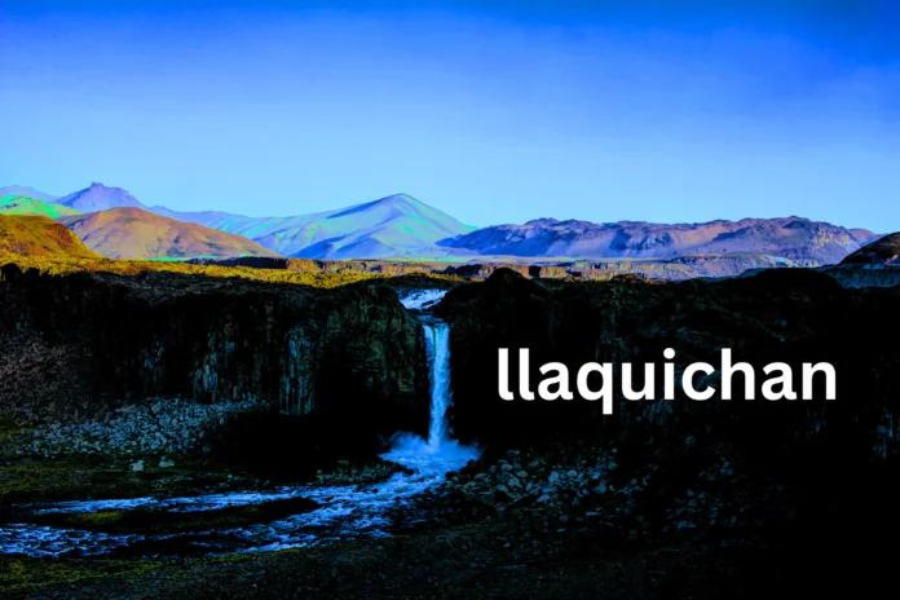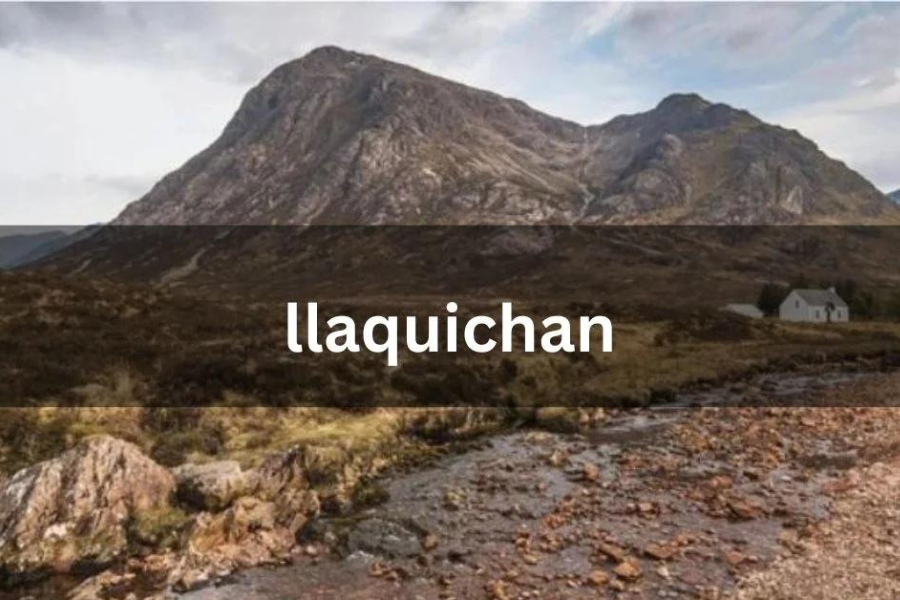Nestled high in the Andes, Llaquichan is more than just a destination; it’s a haven of culinary delights waiting to be explored. The local cuisine is a vibrant tapestry woven from centuries of tradition and innovation, offering an array of dishes that reflect the region’s rich cultural heritage.
Dining in Llaquichan is a journey through its unique flavors and age-old cooking techniques. With every meal, you delve deeper into the region’s history and traditions. Prepare to embark on a culinary adventure where every bite reveals the essence of this enchanting locale.
Introduction
Llaquichan, a hidden gem in the world of traditional cuisine, invites you to embark on a culinary journey like no other. Nestled in the heart of the Andes, this charming locale offers a rich tapestry of flavors that reflect its vibrant culture and history. From age-old recipes passed down through generations to innovative dishes that pay homage to its roots, Llaquichan’s cuisine is a feast for the senses. Whether you’re a seasoned foodie or a curious traveler, the traditional dishes of Llaquichan promise an unforgettable gastronomic adventure that captures the essence of its unique heritage.
The Roots of Llaquichan Cuisine
The culinary traditions of Llaquichan are deeply intertwined with its history. The region’s cuisine is a harmonious blend of indigenous practices and influences from various cultures over the centuries. The early settlers relied heavily on locally sourced ingredients, creating dishes that are both flavorful and unique to the region. Their culinary methods, passed down through generations, have preserved these traditional flavors.
The arrival of Spanish colonizers introduced new spices and cooking techniques, which further enriched Llaquichan’s culinary landscape. This fusion of old and new has given rise to a diverse array of dishes enjoyed by both locals and visitors. Modern chefs in Llaquichan continue to honor these traditional roots while infusing contemporary touches, creating a dynamic food scene that bridges the past with the present.
Essential Ingredients in Llaquichan Cuisine
Llaquichan’s culinary repertoire is deeply connected to its local environment, featuring ingredients that showcase the region’s agricultural abundance. A key ingredient is quinoa, an ancient grain that provides a nutritious and textured base for many dishes. Potatoes, with their many varieties, are another staple, bringing versatility and flavor to numerous recipes.
Chili peppers are integral, adding vibrant heat and color to stews and sauces. Fresh herbs like cilantro and muña are also prominent, imparting bright, aromatic flavors to traditional dishes. Additionally, locally made cheeses from cow or goat milk add creamy richness to many meals. Each ingredient tells a story about Llaquichan’s cultural and historical context through its distinct flavors.
Popular Llaquichan Dishes
Llaquichan is renowned for its array of traditional dishes that offer a true taste of the region. Pachamanca is a standout, where meats and vegetables are marinated and cooked underground with hot stones, resulting in a dish rich in flavor. Another local favorite is cuy chactado, crispy fried guinea pig seasoned to perfection and typically served with potatoes or corn.
The region’s hearty stews, such as caldo de cabeza, use boiled fish heads simmered with herbs and spices to create a comforting, flavorful broth. For vegetarians, dishes like quinua atamalada feature local quinoa seasoned with aromatic spices, making for a nutritious and delicious meal. Each dish provides a flavorful glimpse into Llaquichan’s culinary heritage.
Preparing Traditional Llaquichan Meals
Creating traditional Llaquichan dishes involves a blend of simplicity and authenticity. Start with fresh, locally sourced ingredients to ensure the best flavor. Marinate meats like chicken or beef with spices such as cumin and garlic to enhance their taste. For side dishes, consider preparing potatoes or corn in various styles—boiled, roasted, or mashed with cheese for added richness.
Embrace traditional cooking methods, such as using clay pots for stews to infuse them with earthy flavors. Remember, cooking is a process to be savored, so take your time and share the experience with friends and family. The joy of Llaquichan cuisine is not just in the food but in the communal experience of enjoying it together.
Finding Authentic Llaquichan Cuisine
To experience genuine Llaquichan cuisine, explore local markets where you can find fresh, essential ingredients. The lively atmosphere of these markets adds to the experience. Small, family-run restaurants often offer the most authentic meals, prepared with care and time-honored recipes.
Food festivals are also a great way to taste a variety of regional specialties. These events, filled with vibrant music and dance, offer a taste of Llaquichan’s culinary diversity. Online food forums and local recommendations can also guide you to the best places to enjoy authentic Llaquichan flavors.
Modern Innovations in Llaquichan Cuisine
The evolution of Llaquichan cuisine continues as traditional dishes are reimagined with modern twists. Chefs are blending classic flavors with contemporary techniques, such as creating quinoa salads with global influences or substituting plant-based proteins in traditional recipes like cuy chactado. Even desserts are getting a makeover, with sweet potato fritters like picarones now being drizzled with chocolate.
These creative adaptations keep the essence of Llaquichan cuisine alive while introducing it to new audiences. The beauty of this evolution lies in respecting traditional flavors while embracing new ideas, ensuring that Llaquichan’s culinary heritage remains vibrant and relevant.
Summary
Llaquichan, nestled in the Andes, offers a rich culinary experience rooted in both tradition and innovation. Its cuisine reflects a blend of indigenous practices and Spanish influences, creating a diverse range of dishes that celebrate the region’s cultural heritage. Key ingredients include quinoa, potatoes, chili peppers, fresh herbs, and local cheeses. Popular dishes such as Pachamanca, cuy chactado, and caldo de cabeza highlight the region’s unique flavors. Preparing Llaquichan meals involves using fresh ingredients and traditional methods, while modern chefs are infusing contemporary twists into classic recipes. To experience authentic Llaquichan cuisine, explore local markets, family-run restaurants, and food festivals.
Key Facts
- Location: Llaquichan is situated in the Andes.
- Cuisine: A mix of indigenous and Spanish influences.
- Staple Ingredients: Quinoa, potatoes, chili peppers, fresh herbs, local cheeses.
- Pachamanca: Meat and vegetables cooked underground with hot stones.
- Cuy Chactado: Crispy fried guinea pig.
- Caldo de Cabeza: Hearty stew made from boiled fish heads.
- Quinua Atamalada: Quinoa seasoned with spices.
- Cooking Methods: Traditional techniques include marinating meats and using clay pots for stews.
- Modern Innovations: Traditional dishes are being updated with global influences and plant-based alternatives.
FAQ
Q:What makes Llaquichan cuisine unique?
Ans:Llaquichan cuisine is unique due to its blend of indigenous practices and Spanish influences. It features locally sourced ingredients like quinoa and potatoes, combined with traditional cooking methods and modern twists.
Q:What are some traditional Llaquichan dishes?
Ans:Notable dishes include Pachamanca (meat and vegetables cooked underground), cuy chactado (crispy fried guinea pig), and caldo de cabeza (fish head stew). Quinua atamalada is a popular vegetarian option.
Q:How can I experience authentic Llaquichan cuisine?
Ans:To experience authentic Llaquichan cuisine, visit local markets for fresh ingredients, dine at small family-run restaurants, and attend local food festivals.
Q:Are there modern adaptations of Llaquichan dishes?
Ans:Yes, modern chefs are reimagining traditional dishes with contemporary techniques, such as creating quinoa salads with global influences and plant-based versions of traditional recipes like cuy chactado.
Q:What ingredients are essential in Llaquichan cooking?
Ans:Essential ingredients include quinoa, potatoes, chili peppers, fresh herbs like cilantro and muña, and locally made cheeses.
Stay informed with the latest news and updates on Newsbreak.blog

Leave a Reply